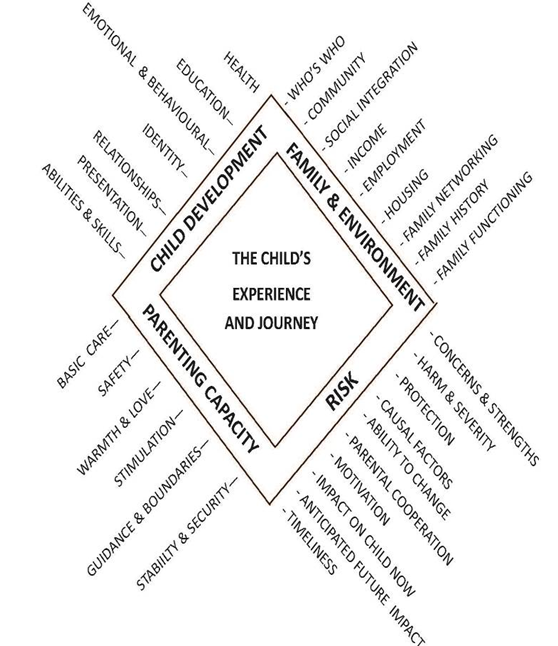Child in Need
Section 17 of the Children Act 1989 sets out that it shall be the general duty of every local authority to
- to safeguard and promote the welfare of children within their area who are in need; and
- so far as is consistent with that duty, to promote the upbringing of such children by their families
A Child in Need plan (CIN) can be produced for a child who has need of extra support for his safety, health and/or development, such as a child who has disabilities. Sometimes, if you are finding it difficult to meet all your child’s needs, for whatever reason you may be able to get some support to help you.
You don’t have to accept a CIN, it is not compulsory. But if you decide you don’t want or won’t benefit from any support offered, it is a good idea to talk it through with the social worker as they might be worried why you don’t want the help, or that if you don’t take the help it could increase the risk of harm to your child.
A CIN plan should be written down and reviewed at meetings. The plan should name the responsible professional who will make referrals, visit the child etc. The plan should be kept under review at regular meetings.
Concerns have been expressed that some social workers don’t appreciate the difference between ‘child in need’ – where intervention is voluntary – and child protection – where intervention will be force upon parents if it is felt necessary to keep children safe. For example, see this discussion at The Transparency Project by a social worker in August 2018 ‘Oh I’m sorry, did I forget to mention you don’t have to agree to this?’ When social workers forget that interventions under ‘Child in Need’ are voluntary’
The author comments:
My experience is that, in practice, social workers treat the two parts [of the Children Act] as if they are interchangeable. I have no doubt that social workers generally intend to do the best by the children with whom they work, often in very challenging circumstances, but observations of a typical local authority children’s service department suggest that social workers routinely intervene in a child’s life under the guise of section 17, where this may be inappropriate and without providing families with adequate information about the voluntary nature of their involvement. They are not working in partnership with families, but operate as if they are working through the powers available in part five of the Act. In this way, they are intervening in families’ lives potentially without justification, without scrutiny and without the agreement and consent from families.
Child Protection Plan
If there are worries that your child may be at risk of significant harm due to things that you are doing or failing to do as parents, the local authority may have to consider a child protection plan. This will be drawn up at a child protection conference and should deal with such matters as:
- Who the key worker is – usually the social worker
- What needs your child has and how the local authority can help to meet them
- What needs you have as a parent
- Who needs to do what and when to reduce concerns for your child
At the first meeting an outline child protection plan will be agreed and a core group identified. The core group will then meet about every six weeks to keep everything under review.
What is the core group?
The core group includes the professionals who need to work with you, such as teachers or health visitors. It is very important that parents attend these meetings so you can give your input and understand what is going on.
How long will the child protection plan last?
This will depend a lot on the circumstances of the case but probably after a year if the local authority are still worried about your child, they will have to think seriously about starting care proceedings.
Further reading
CPR post on the pre-proceedings stage.
CPR post on investigations and referrals, including consideration of the local authority’s duties under section 47 of the Children Act 1989.
See this useful post from the Tees Local Safeguarding Children Board’s Procedure from September 2017
Surviving Safeguarding writes about the child in need meeting.

